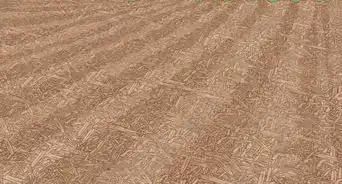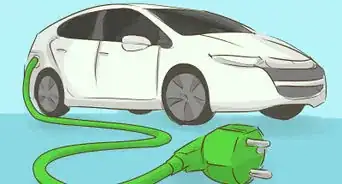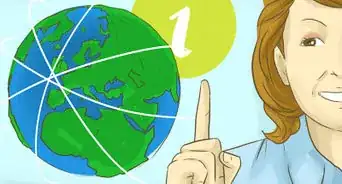This article was co-authored by Bess Ruff, MA. Bess Ruff is a Geography PhD student at Florida State University. She received her MA in Environmental Science and Management from the University of California, Santa Barbara in 2016. She has conducted survey work for marine spatial planning projects in the Caribbean and provided research support as a graduate fellow for the Sustainable Fisheries Group.
This article has been viewed 31,340 times.
Wetlands are a vital part of our environment because they’re home to plants and animals that aren’t found anywhere else in the world. These landscapes provide food, clean water, and protection for humans, plants, and animals alike. If you want to save the wetlands, you can get involved in conservation efforts, volunteer with wetland protection agencies, and take simple steps at home to protect the environment!
Steps
Volunteering to Help
-
1Join a local wetland protection or preservation organization. If you live near a wetland, there are probably a few non-profit organizations devoted to protecting the area. Do a quick search online for the one closest to you, and contact them about joining their team as a volunteer or intern.[1]
- Jobs mostly depend on your skills. They might ask you to canvas neighborhoods, perform tests throughout the wetland, or make calls to ask for donations. Keep in mind that all jobs play an important part in preserving the wetland!
- The type of work and amount of time required will be based on your availability. If you’re interested in working in the field, be sure to let them know!
-
2Volunteer to remove litter from your local wetlands. If you have a free weekend, search online or call your local government to find out if any organizations are doing clean-up projects. Offer your assistance if you’re available, and help them by removing trash and waste from the wetlands to protect the wildlife and ecosystem.[2]
- In most cases, organizations will take as many volunteers as they can get, so ask your friends if they would want to volunteer with you for the day.
Advertisement -
3Plant trees, shrubs, and flowers that are native to where you live. Because the wetlands have been filled and cleared in recent years, many native plants have disappeared. Also, non-native plants can threaten the ecosystem, as they can be invasive. If you’re planning a garden or landscaping your yard, do some research to see which plants are native to your area. This will help prevent invasive species from damaging the ecosystem.[3]
- In general, bees and birds are more likely to pollinate native trees, which will help to support growth in nearby wetlands.
-
4Donate to organizations that focus on wetland protection. Many non-profit organizations are underfunded, which limits their efforts. If you don’t live near a wetland or don’t have a lot of time, make a donation to a reputable wetland conservation organization, such as the Wetlands Institute, the Chesapeake Bay Program, or the Wildfowl & Wetlands Trust.[4]
- In many coastal states, you can purchase a license plate that shows your support for the wetlands, and part of the proceeds from the sale go to wetland conservation efforts.
- For long-term support, ask if you can set up a monthly donation to the organization.
-
5Observe park rules when visiting a wetland for fun. When you do visit a wetland to hike or bike, be respectful of the park rules. Place trash in the proper receptacles, and refrain from damaging or changing the ecosystem in any way. Never fish or hunt in a wetland area unless you are permitted to do so.[5]
- This includes never removing plants, flowers, animals, or other parts of the ecosystem, like rocks, water, or sand, from the park.
Caring for the Environment at Home
-
1Reduce, reuse, and recycle your waste and trash. Protecting the environment helps protect the wetlands, especially since trash can make its way into the water. The best and easiest way to protect the environment is by limiting your household waste. If a product is recyclable, separate it from your other trash to be recycled. Try to reuse as many items as possible, and reduce the amount of plastic and other non-biodegradable waste that you produce.[6]
- If you want to reduce plastic waste that contaminates wetlands, switch from using individual plastic water bottles to a reusable water bottle, and purchase a set of reusable grocery bags.
- Consider donating old clothing and furniture that would otherwise be thrown away to charity to prevent the amount of waste in landfills, which are sometimes built on wetlands.
- If your household produces a lot of food waste, consider creating a compost pile in your yard to repurpose old food scraps into fertilizer.
-
2Ensure all paper and recycled products in your home are unbleached. Bleached paper and recycled items contain chemicals that can contaminate water once they’re thrown away. This can harm the wetlands. Check the packaging of the item or the ingredients to make sure it’s not bleached.[7]
- If you’re having trouble finding that information, do a quick search of the brand and the product online. Many forums and websites have lists of items that are known to contain bleach.
-
3Dispose of your household cleaning products responsibly. Never pour any cleaning products down a drain unless the product is specifically formulated for that purpose. Chemicals from cleaning products are rarely removed from the water and can be pumped directly into a wetland. Try to buy cleaning products that are non-toxic, and come in bulk packages.[8]
- Pour liquid or gel cleaning products that mix with water down the drain while running water, since they’re water soluble.
- Place any solids, like scouring pads or wipes, into the trash.
- For other cleaning supplies, like furniture polish or oven cleaner, call your local government to see if they have a program for collecting and disposing hazardous waste or toxic products.
-
4Avoid applying lawn or garden chemicals on windy or rainy days. Wind and rain can wash chemical fertilizers into storm drains and nearby water sources, including the wetlands. Wait for a dry day with very little wind, and be aware of where the runoff from your yard drains to.[9]
- If your runoff drains into a storm drain or nearby stream or lake, avoid over-fertilizing, and consider making a plan to prevent fertilizer runoff.
-
5Use laundry and dishwasher detergents that are phosphate-free. Since the water from most washing machines and dishwashers drains into water supplies, it can contaminate local wetlands. Avoid purchasing any detergents that contain phosphates because they encourage algae growth, which can suffocate local wildlife and destroy lakes and streams.[10]
- If you’re having trouble finding a phosphate-free detergent, you can make your own laundry detergent with natural ingredients, and make a simple dishwasher soap.
Taking Political Action
-
1Report illegal filling, clearing, or dumping activity if you see it occurring. Wetlands are protected areas, so if you see someone dumping waste, cutting down plants and trees, or pouring dirt into a wetland, call your state’s environmental protection organization. If you’re in a state park, contact a park ranger or game commission, and they will be able to handle the problem.[11]
- Try to make note of as many details as possible, including descriptions of the people, their vehicles, license plate numbers, and what they were doing.
- In some states, you should call the U.S. Army Corps of Engineers, which deals with the protection of these areas.
- If you’re not sure who to call, do a quick search for your state and the words “wetland protection” online.
- Stay safe! Don't approach anyone you see dumping, and don't let them know you saw them. You don't know how that person might react when confronted, so let law enforcement take care of it.
-
2Attend local planning meetings that involve wetland areas. Builders often purchase wetland areas from the government. Most of these decisions are made in public meetings, which you can attend. Speak up and let your local officials know that you don’t support building on wetland areas.[12]
- Try to recruit friends and family members to come to the meeting. If there are more people there who support wetland conservation than those who want to develop the land, the elected officials might be less likely to support development.
-
3Support lawmakers who advocate for conservation and protection. When it comes time for elections, remember the officials who support conservation efforts. If you have time, volunteer to help with their campaign, or donate money. Make note of the date of the election, and be sure to vote.[13]
- If there are no candidates in your area who support wetland conservation, consider running for a local position that involves environmental protection.
Community Q&A
-
QuestionHow can I notify my school?
 Beef-Witted BarnacleCommunity AnswerWriting an email to the principal or to the superintendent would be your best bet. If you choose to contact the principal, you can speak with them in person. As for the students, making posters and posting on social media are both good options.
Beef-Witted BarnacleCommunity AnswerWriting an email to the principal or to the superintendent would be your best bet. If you choose to contact the principal, you can speak with them in person. As for the students, making posters and posting on social media are both good options. -
QuestionHow much wetland is lost to development?
 TorpiTop AnswererThirty five percent of wetlands were lost between 1970 and 2015 - about 0.77% per year. This is three times faster than deforestation, and up to 80% of former wetlands have been lost since the 1700s.
TorpiTop AnswererThirty five percent of wetlands were lost between 1970 and 2015 - about 0.77% per year. This is three times faster than deforestation, and up to 80% of former wetlands have been lost since the 1700s. -
QuestionCan dead trees and live plants be removed from a wetlands that is on the property of a senior housing development?
 Benjamin M.Top AnswererIt depends on the jurisdiction you are in and the laws that jurisdiction has regarding the preservation of wetlands. In some areas, private property owners may be limited in what changes they can make even on their land. Consider identifying the government department responsible for wetlands in your area and ask them or if not consult appropriate legal counsel.
Benjamin M.Top AnswererIt depends on the jurisdiction you are in and the laws that jurisdiction has regarding the preservation of wetlands. In some areas, private property owners may be limited in what changes they can make even on their land. Consider identifying the government department responsible for wetlands in your area and ask them or if not consult appropriate legal counsel.
References
- ↑ https://www.fisheries.noaa.gov/coastal-wetlands-too-valuable-lose#what-you-can-do
- ↑ https://www.epa.gov/wetlands/coastal-wetlands
- ↑ https://www.fisheries.noaa.gov/coastal-wetlands-too-valuable-lose#what-you-can-do
- ↑ http://www.yorkccd.org/wordpress/wp-content/uploads/2012/12/Wetlands_Natural__Necessary.pdf
- ↑ https://www.fisheries.noaa.gov/coastal-wetlands-too-valuable-lose#what-you-can-do
- ↑ https://www.fisheries.noaa.gov/coastal-wetlands-too-valuable-lose#what-you-can-do
- ↑ https://www.fisheries.noaa.gov/coastal-wetlands-too-valuable-lose#what-you-can-do
- ↑ http://americaswetlandresources.com/youcanhelp/index.html
- ↑ https://www.fisheries.noaa.gov/coastal-wetlands-too-valuable-lose#what-you-can-do
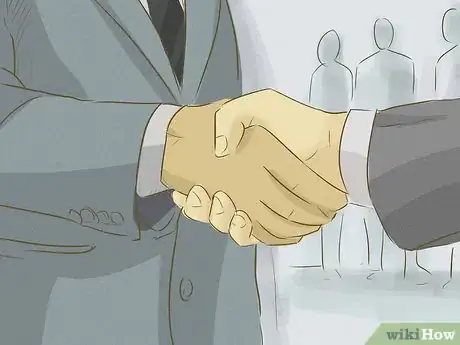
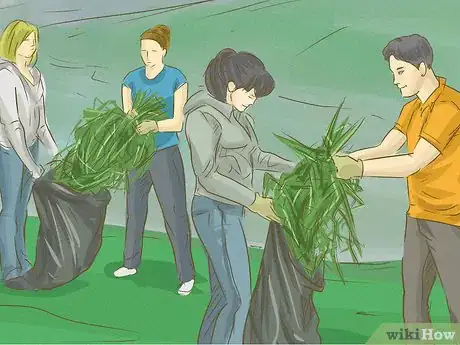
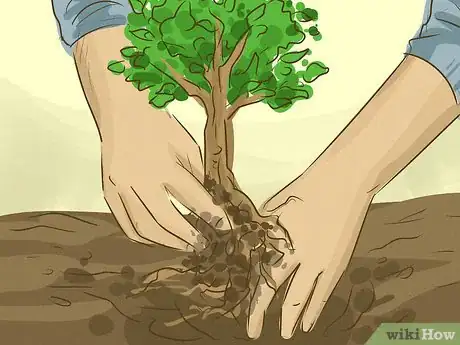

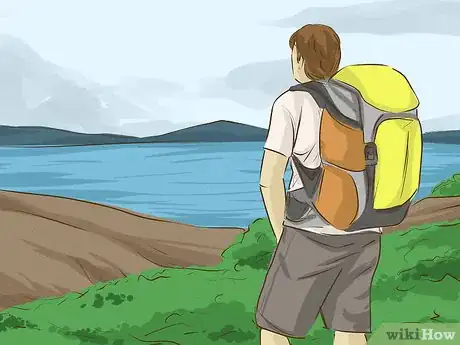
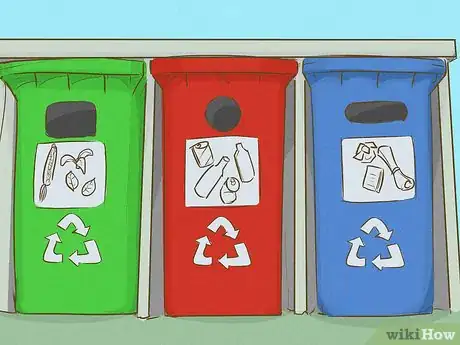
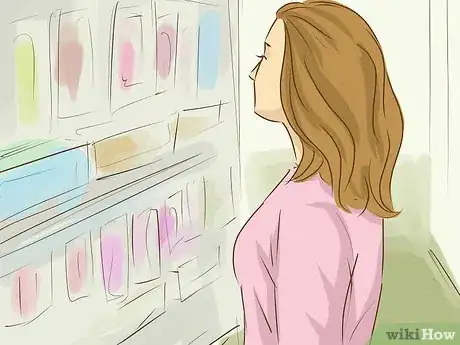

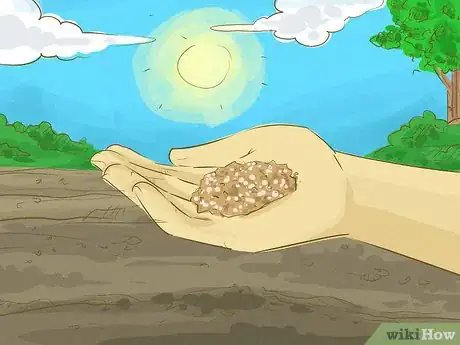

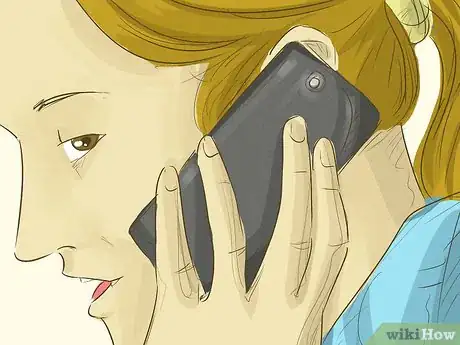




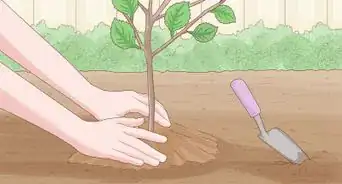

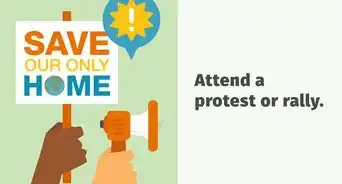


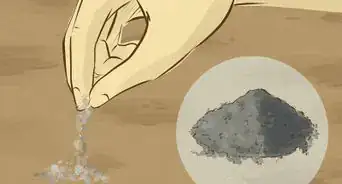
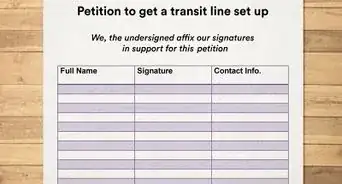
-Step-14-Version-6.webp)

